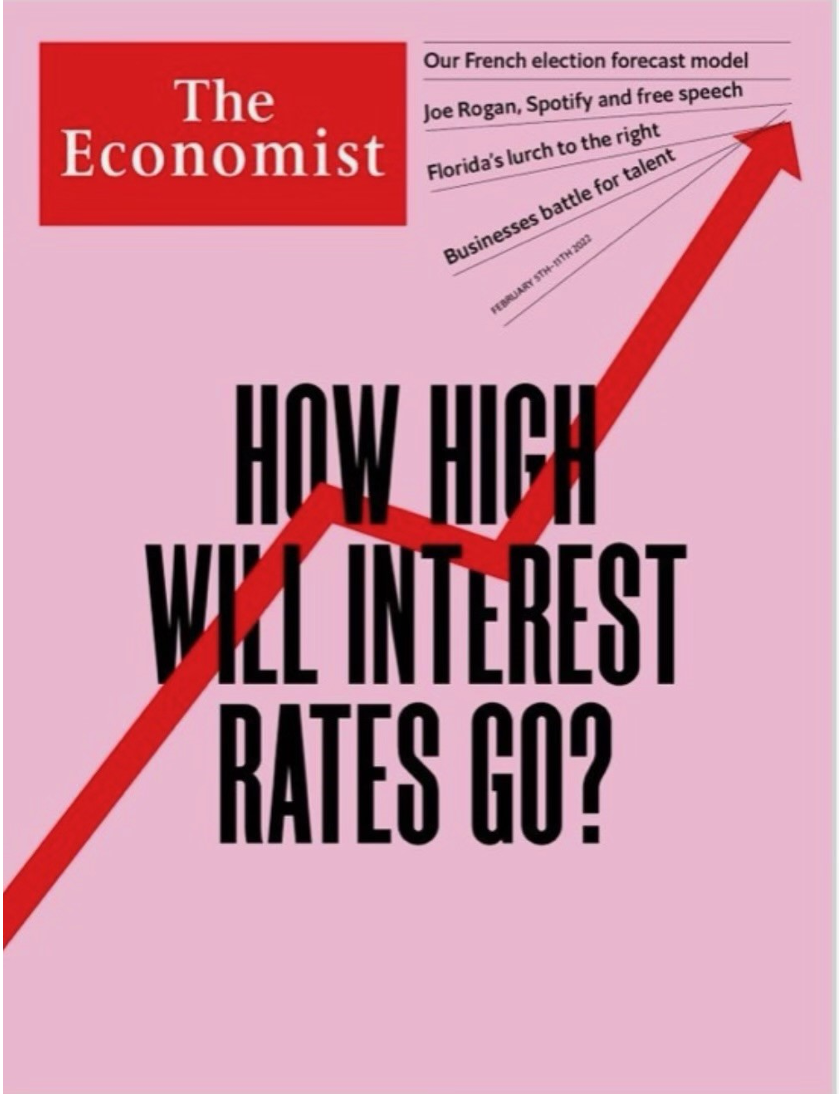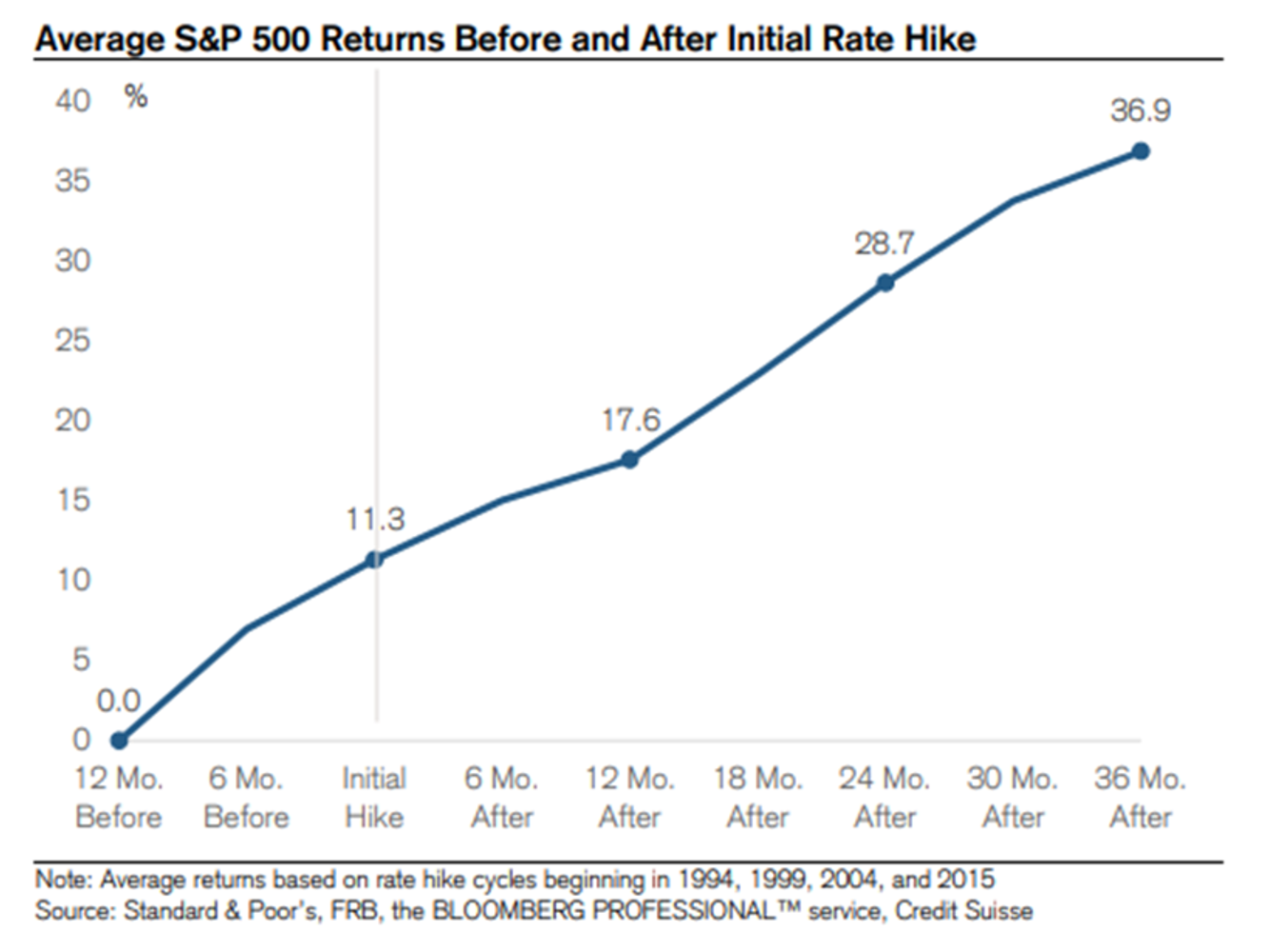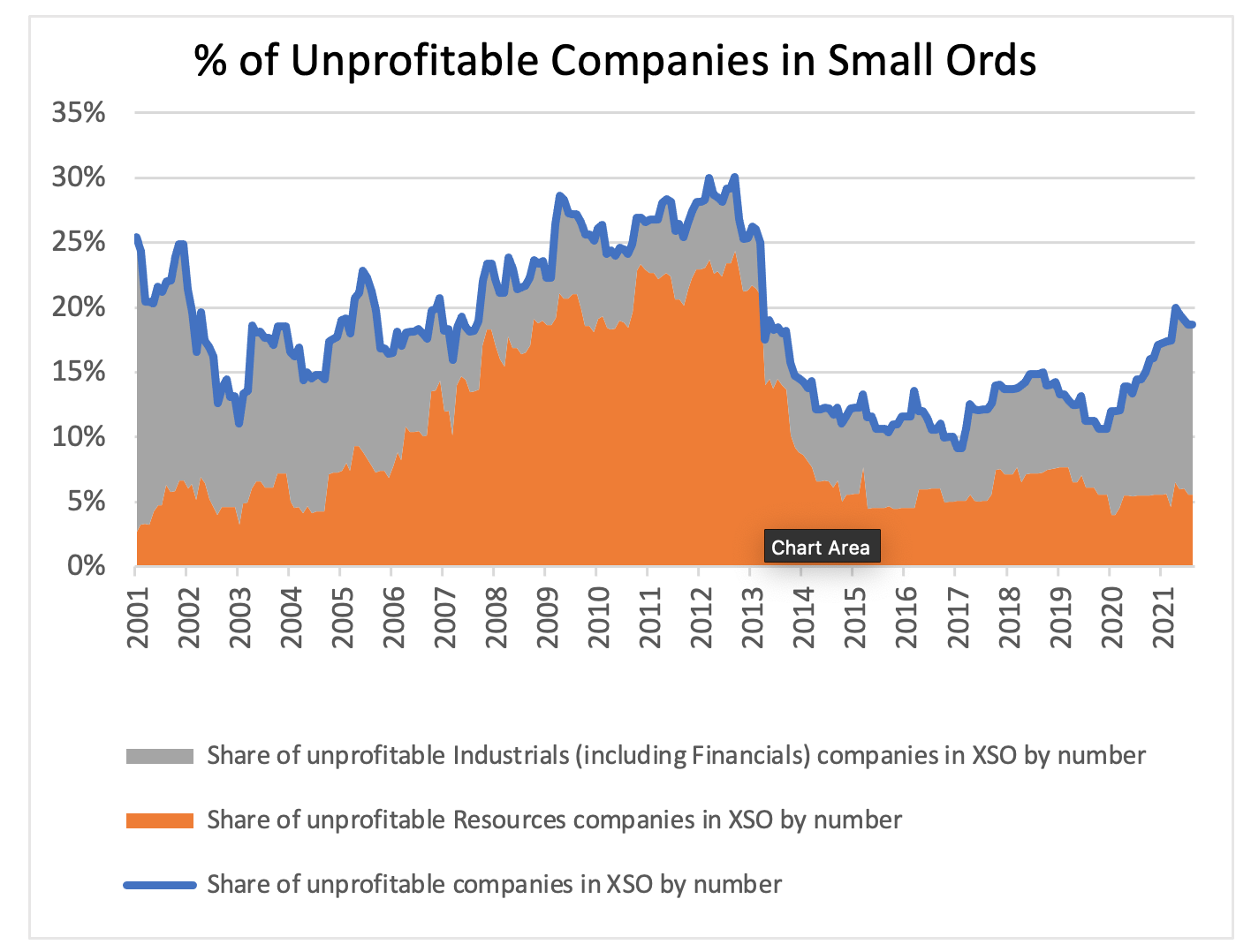Eley Griffiths: 10 Aussie small-caps to ride the rally once "hysteria" passes
Waving the latest edition of a well-known business magazine as proof, small caps fundie Ben Griffiths suggests large parts of the equities market have already hit rock bottom.
“When an issue, theme or event makes the front page of The Economist, it’s a fair bet that a lot of the action has already occurred,” says Griffiths, managing director and senior portfolio manager of Eley Griffiths when kicking off his first webinar of the year.
“This headline bears out the hysteria that’s gone with interest rate markets and likely interest rate direction. That trajectory has created a wall of worry investors have been grappling with and has certainly been an issue as we’ve begun 2022.”

Source: The Economist
One of the key macro factors dominating market discussion – and the financial press – relates to how the US Federal Reserve grew its balance sheet from US$4 trillion to around US$9 trillion in the space of 18 months. The big story is that the Fed has now indicated QE will end, fuelling speculation a hike in the Federal funds rate could occur as early as March.
“It was only a matter of time before the Fed and other central banks had to reverse course. And that process will shortly be upon us,” says Griffiths.
“As the economic backdrop has improved over the last 12 months, not only is the economic horsepower of the US economy starting to show some form but there’s also been the emergence and persistence of inflationary effects.”
In line with this, he notes the market and traders have “done what they do best” and anticipated ahead of the Fed’s actions. Exactly how the Fed plans to unwind its balance sheet will only be formally announced around July of this year.
As Griffiths explains, “This will be followed by very active and quick implementation in August, which will be a big driver of investor focus and market activity.”
But already, no fewer than five interest rate hikes of 25 basis points each have been priced in by the futures market for 2022, with a further two anticipated in 2023.
“And actually, the Bank of America overnight (on Tuesday) said it expects seven hikes of the cash rate in 2022,” says Griffiths.
“So, things have become a little hysterical in professional markets regarding the way things are being priced, hence wall of worry investors are being asked to climb right now.”
“Wall of worry” doesn’t usually trouble markets
Griffiths and Tim Serjeant, Eley Griffiths Group portfolio manager, emphasise such worry presents an opportunity for equity investors. Though previous market behaviour isn’t an accurate forecast, they note the last four US rate rises saw the S&P 500 rally 11% in the 12 months preceding the hikes, and lift 23% over the following three years.
Stocks and the hiking cycle

Griffiths expects we will continue to see an evaporation of market liquidity and a compression of price-to-earnings ratios, as has started to occur in the US over the last six weeks.
“These are extreme levels of concern and angst among investors. But when you get excessive bearishness it’s probably time to turn bullish,” Griffiths says.
As the sentiment around rising rates progresses through the news cycle “the hysteria stage will pass, and we will then see a rally.”
How EGG is positioned
Serjeant suggests the market narrative that groups most stocks into two broad categories of either Growth or Value should instead divide them into profitable versus unprofitable companies – a view that’s unsurprising given the style-agnostic approach of EGG.
The prolonged environment of low interest rates has created a spike in “unprofitable or cash burner” small-cap companies. Since 2018, these have been predominantly found in the technology, financial and biotech sectors – not resources, as was the case in the most recent “lower for longer” rate environment.
“A cash burner relies on the external market and debt finance to fund its growth, so when the cost of funding rises it has a significant impact on such companies,” says Serjeant.
“The poster child for this is the non-profitable tech companies, which have underperformed significantly.”
Time to buy "unprofitable" dip?
Within this sector, the share prices of non-profitable companies are down by a ratio of 5-to-1 between November 2021 and January 2022. “But for the broader market and the cash earners, there’s nothing to be alarmed about yet.”
Is it time to buy the “unprofitable” dip? Serjeant and his team suggest not yet, given there remains a “hawkish tone” to central bank commentary.
“These non-profitable techs, biotechs and other concept stocks have benefited from cheap money for a number of years, but we’re only a matter of months into this transition.”
Four sectors and themes EGG likes
EGG has been bullish on small-cap resources stocks for a while now, as indicated at the previous webinar last September.

And since then, the sector – which now comprises around 20% of the small ords – has outperformed industrials by about 15%. Serjeant cites four reasons he expects this performance is sustainable:

Source: EGG
- Resources and energy – These stocks have high correlations in a rising inflationary environment. Most other asset classes struggle.
- China – The government of the world’s largest consumer of commodities is easing financial conditions just as other economies are tightening. “For much of 2021 China was a headwind for the market, but in 2022 it is shaping up as a tailwind,” says Serjeant.
- Price momentum – Energy and materials have seen the largest positive earnings revisions since the last reporting season. As spot prices remain strong, Serjeant expects this to continue.
The structural supply story is the fourth and longer-term point underpinning EGG’s conviction in resources. Serjeant splits the resources sector into two parts:
- "Old economy" – oil, coal, and steel.
- "New economy" – “Green” metals such as copper, lithium, and nickel.
Over the long term, EGG regards these as having divergent trajectories, “but over the short term we can see similar outcomes.”
The rising reluctance of companies to spend money on “old economy” materials, driven partly by the rise of ESG and other factors, will lead to underinvestment and supply constraints.
“The conundrum is that in order to decarbonise faster, the key inputs of oil, gas and coal are required for the extraction of the green metals such as lithium and copper,” Serjeant says.
“So, in the shorter term, we see supply lower and falling faster than demand, which means higher prices.”
And for the newer economy resource companies, the huge investments in production needed just to maintain volumes are simply demand-led. For the interim, this should mean sustained structural deficits and higher prices required in order to transition to a low carbon future.
For example, copper requires a three to four-fold increase in production, around 15 million tonnes of copper in a market that is around 25 million tonnes, to meet targets.
“And for lithium, we need 30% compound annual growth rate growth over the next decade,” says Serjeant.
Which stocks are top of mind?
Two Australian companies through which Serjeant and his team are playing the above opportunities are:
Iluka (ASX: ILU) – The mining company’s main revenue driver is currently mineral sands, particularly zircon, which is widely used for making heat-resistant industrial products along with ceramics and tiles.
But EGG is most excited about the company’s growing rare earths business. Serjeant suggests that if this part of the business grew to comprise about one-third of revenue, Iluka shares could trade at between 15 to 20 times earnings versus the 5 to 7 times EBITDA multiple at which they currently trade.
Sims Limited (ASX: SGM) – A recycler of ferrous scrap, copper, and aluminium, Serjeant concedes the company is something of a “dark horse with a chequered history.”
Two things underpin his belief in this company:
- Ferrous scrap is tipped to displace iron ore for steel production, due to its lower carbon intensity
- The use of recycled ferrous scrap, copper and aluminium to supplement extraction remains very low globally, but Sims is well-positioned to benefit as government policies require greater volumes of recycled material in place of further mining.
Changes to the portfolio in the last four to five months include increasing the portfolio weighting toward companies that:
- Have sacrificed short-term profits to re-invest in their long-term growth opportunities – Breville (ASX: BRG).
- Have become stronger and more dominant in their respective industries – Credit Corp (ASX: CCP) and IDP Education (ASX: IEL).
- Used the pandemic to cut costs and improve margins sustainably – Eagers Automotive (ASX: APE) and Premier Investments (ASX: PMV).
- Made acquisitions in the depth of the crisis – Iress (ASX: IRE), Corporate Travel Management (ASX: CTD), Lovisa Holdings (ASX: LOV).
Never miss an insight
Enjoy this wire? Hit the ‘like’ button to let us know. Stay up to date with my content by hitting the ‘follow’ button below and you’ll be notified every time I post a wire.
Not already a Livewire member? Sign up today to get free access to investment ideas and strategies from Australia’s leading investors.
10 stocks mentioned
3 contributors mentioned

